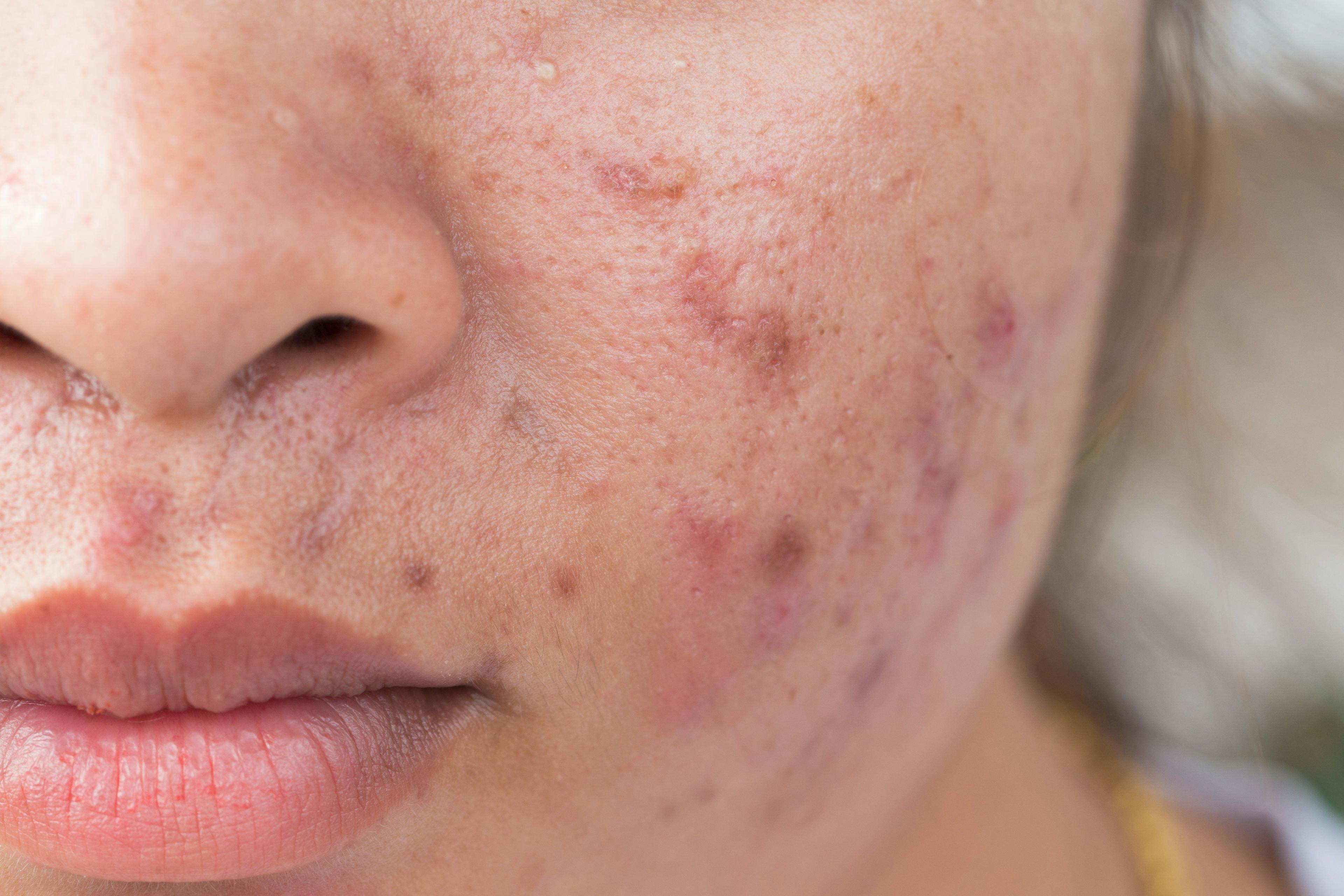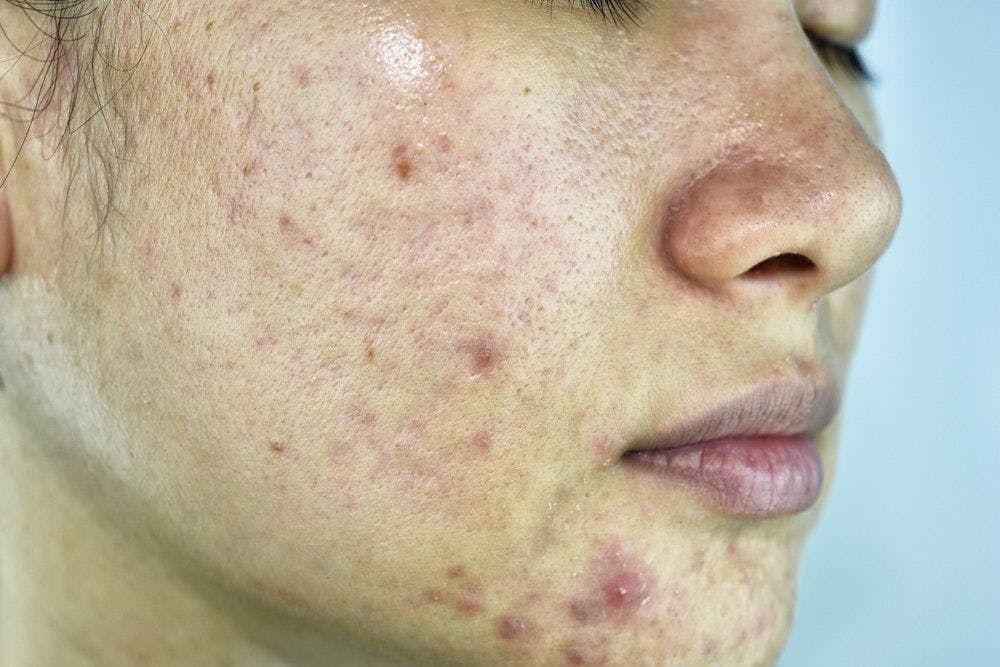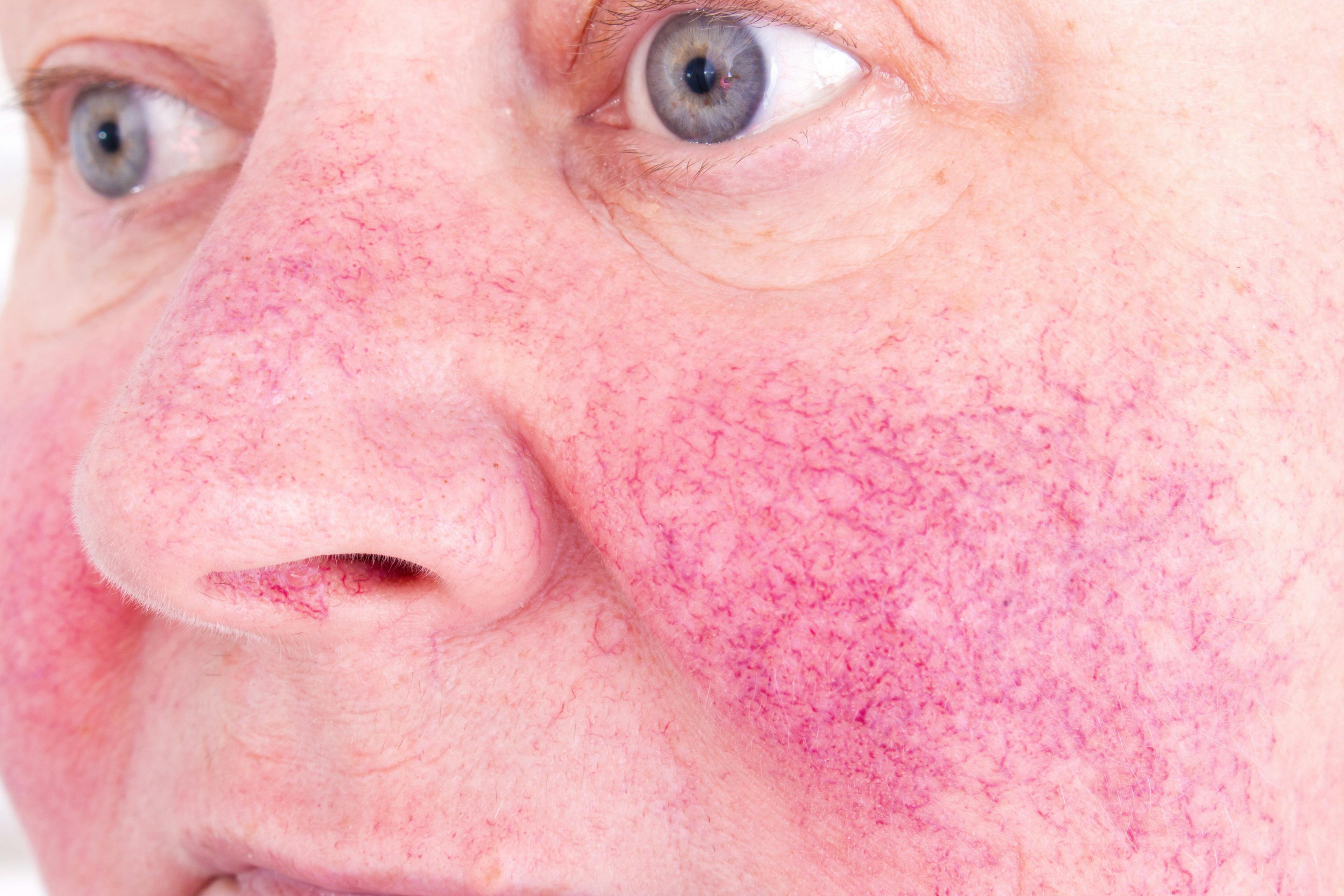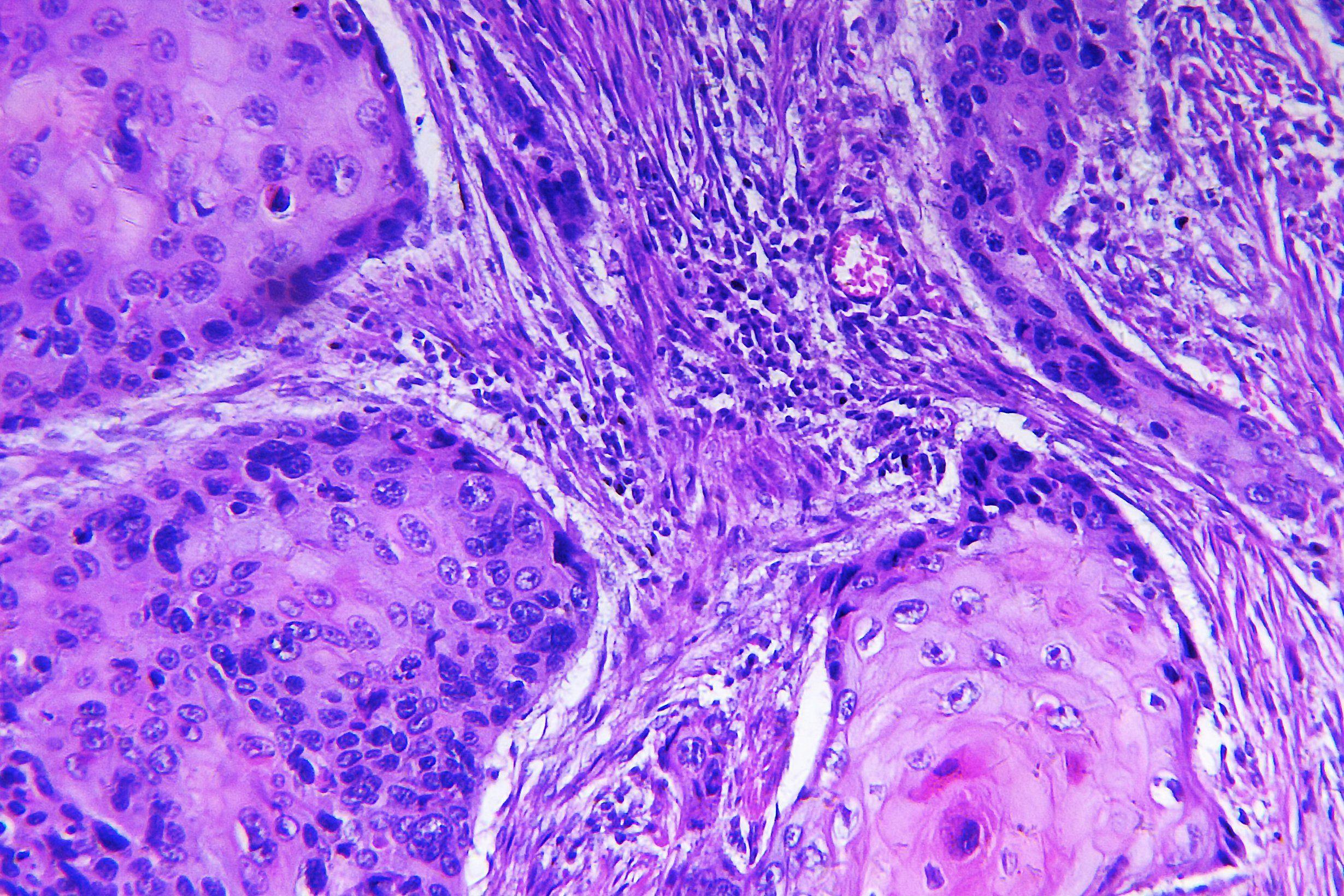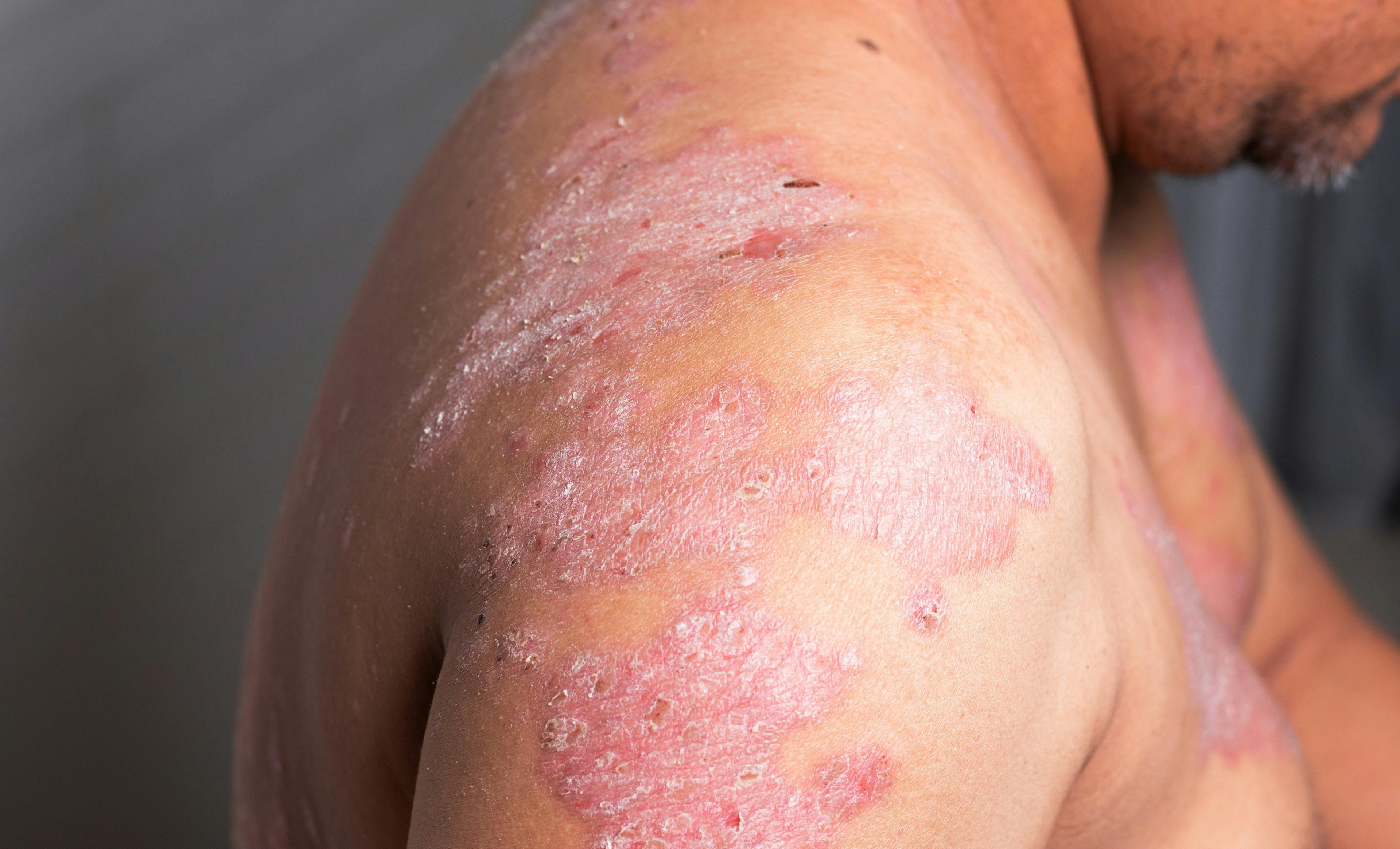- Acne
- Actinic Keratosis
- Aesthetics
- Alopecia
- Atopic Dermatitis
- Buy-and-Bill
- COVID-19
- Case-Based Roundtable
- Chronic Hand Eczema
- Chronic Spontaneous Urticaria
- Drug Watch
- Eczema
- General Dermatology
- Hidradenitis Suppurativa
- Melasma
- NP and PA
- Pediatric Dermatology
- Pigmentary Disorders
- Practice Management
- Precision Medicine and Biologics
- Prurigo Nodularis
- Psoriasis
- Psoriatic Arthritis
- Rare Disease
- Rosacea
- Skin Cancer
- Vitiligo
- Wound Care
Publication
Article
Dermatology Times
An update on antibiotic use for acne
Author(s):
Read insights from James Q. Del Rosso, D.O., as he discusses antibiotic resistance, isotretinoin relapse, and laboratory monitoring for patients on isotretinoin and spironolactone.
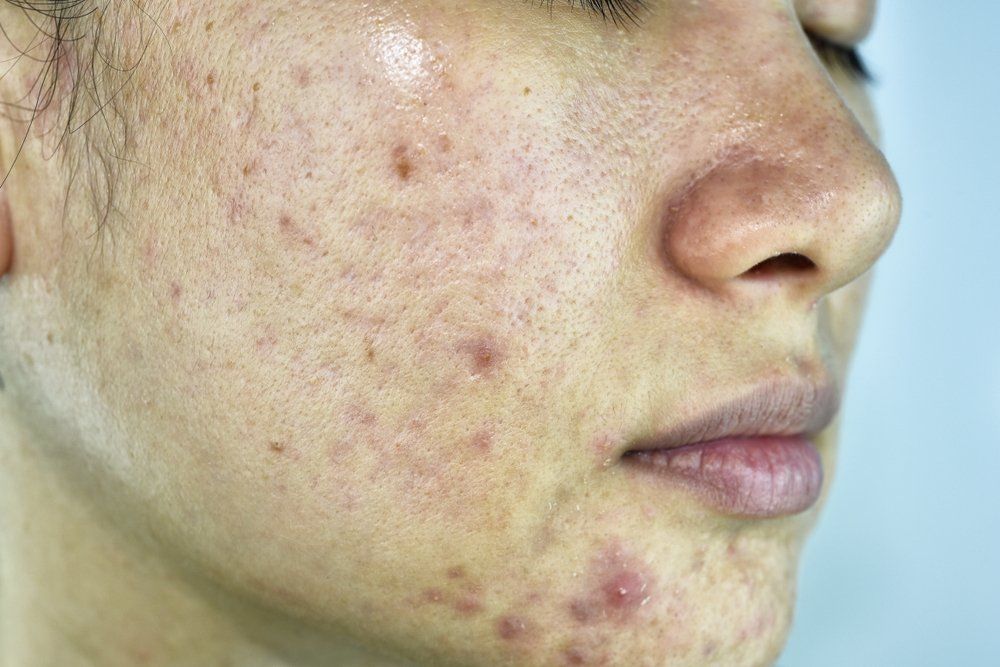
Dr. Del Rosso

Findings from recent research and new product developments have implications for addressing some of the challenges that can accompany the use of oral therapies for acne, says James Q. Del Rosso, D.O., who discussed antibiotic resistance, isotretinoin relapse, and laboratory monitoring for patients on isotretinoin and spironolactone at the 18th annual South Beach Symposium in February in Miami.
RELATED: James J. Leyden, M.D. discusses isotretinoin use, dosing
A rational combination topical regimen along with an oral antibiotic are often recommended for treatment of moderate-to-severe acne, but the potential for antibiotic resistance supports efforts to limit the duration of antibiotic exposure.
“Not only does the use of oral antibiotics for treatment of acne increase antibiotic resistance of Cutibacterium acnes that is involved in acne pathogenesis, but it also increases resistance of other commensal and opportunistic bacteria that colonize the skin and other tissues,” says Dr. Del Rosso, research director, JDR Dermatology Research, Las Vegas, and adjunct clinical professor of dermatology, Touro University Nevada, Henderson, Nev.
With the aim of reducing the risk for antibiotic resistance, acne treatment guidelines generally recommend that oral antibiotics not be given for longer than three to six months. Hopefully, the patient’s acne will have improved enough to allow discontinuation of the antibiotic, and, if not, an alternative therapy can be considered. In the real world; however, some patients may require a longer course of antibiotics because they are not a candidate for alternatives or for retreatment of worsening or recurring acne in the future.
“So, the cycle of antibiotic use often continues as the goal of the clinician for their patient, including myself, is to keep the acne as clear as possible,” Dr. Del Rosso says.
Considering these scenarios, Dr. Del Rosso emphasized the need to have an “exit plan” when initiating oral antibiotic treatment for acne and counseling patients up front of its intent.
“The literature and guidelines often try to set some hard and fast rules about duration of oral antibiotic use, but they are not based on hard scientific evidence regarding duration of use, and clinicians always need to use their judgment to optimize treatment for individuals,” Dr. Del Rosso says.
RELATED: Read our top 5 stories on antibiotics and acne
“Nevertheless, clinicians need to be aware of the potential for promoting resistance with longterm antibiotic treatment so that they use antibiotics responsibly and prepare patients from the outset for the possibility of using other options to manage their acne, which can also be considered up front in acne management.”
Sarecycline (Seysara, Almirall), a new tetracycline-class antibiotic approved for treating moderate-to-severe acne patients aged 9 years, may potentially cause less bacterial resistance than older tetracyclines because it has a narrower antimicrobial spectrum with less activity against enteric Gram-negative bacteria.
“Whether the narrower antibacterial spectrum of sarecycline will be relevant clinically in terms of causing less disruption to the commensal flora and less antimicrobial resistance remains to be seen. However, there are some data to support this differentiation of sarecycline as a narrow spectrum tetracycline. Based on clinical trial data, sarecycline does exhibit very low rates of gastrointestinal upset, dizziness, photosensitivity and vaginal candidiasis,” Dr. Del Rosso says.
RELAPSE RISK
While many patients with severe acne who receive a course of isotretinoin are able to remain clear or dramatically clear for months to years after stopping the drug, early relapses do occur.
The risk for these events depends on cumulative systemic exposure to isotretinoin, which may have been reduced in many patients who likely did not ingest their medication with a high-fat/high-calorie meal.
“According to pharmacokinetic data, optimal absorption of traditional isotretinoin requires that each dose be taken with a 50-g fat/1000-calorie meal. It is expected that the vast majority of people do not meet those dietary levels in the real world, and some patients may take their medication without any food,” Dr. Del Rosso says.
RELATED: Doxycycline plus topical effective for severe acne
Isotretinoin absorption with lidose-isotretinoin (Absorica, Sun Pharmaceuticals) is less dependent on food because the active ingredient is pre-solubilized in a lipid matrix. Therefore, it stands to reason that patients will be more likely to achieve the cumulative systemic level associated with a lower risk for earl relapse. The results of a phase 4 study reported by Dr. Del Rosso and colleagues supports that idea.1
The study included 166 patients followed for two years after completing a 20-week course of lidose-isotretinoin ingested without any food. It found that 82.5% of patients needed no re-treatment for their acne, only 4.2% were retreated with isotretinoin, and only 3.6% received oral antibiotic therapy for relapse of acne.
“Compared with historical data on relapse after stopping conventional isotretinoin, these results are very good,” Dr. Del Rosso says.
LABORATORY MONITORING
Guidelines for monitoring patients on isotretinoin have recommended obtaining baseline and monthly tests of liver enzymes, lipid levels and a complete blood count (CBC). However, findings from a recent systematic review and meta-analysis support individualizing the decision to order lipid and liver enzyme levels if results are stable over the first eight weeks, and CBC testing is not routinely needed.2
Similarly, some new data suggest that routine monitoring of serum potassium is not needed in healthy young women being treated with oral spironolactone for acne.3 Clinicians should be aware, however, that spironolactone-associated hyperkalemia remains a concern in some patients, including women older than age 45, those with renal impairment, and when ingested along with certain other medications due to drug interactions.4
“Caution is still needed in patients with renal impairment or who are on potassium supplements, certain antihypertensive agents (‘...the prils and the sartans,’), and potassium-sparing diuretics. The risk for hyperkalemia with spironolactone treatment in young healthy women may be low, but it is not zero,” Dr. Del Rosso says.
RELATED: Spironolactone efficacy may be similar to oral antibiotic Tx
“Therefore, clinicians should decide based on their own comfort level whether they want to limit potassium monitoring to specific individuals or continue with baseline and follow-up testing for all patients being treated with spironolactone.”
He added that spironolactone should not be prescribed to patients taking lithium due to high risk of inducing lithium toxicity.
Disclosures:
Dr. Del Rosso is a research investigator, consultant/advisor, and speaker for Almirall and Sun Pharmaceuticals and a research investigator, consultant/advisor, and/or speaker for many other companies that market or are developing products for treatment of acne.
References:
1 Del Rosso JQ, Stein Gold L, Segal J, Zaenglein AL. An open-label, phase IV study evaluating lidose-isotretinoin administered without food in patients with severe recalcitrant nodular acne: low relapse rates observed over the 104-week post-treatment period. J Clin Aesthet Dermatol. 2019;12(11):13-18.
2. Lee YH, Scharnitz TP, Muscat J, et al. Laboratory monitoring during isotretinoin therapy for acne: a systematic review and meta-analysis. JAMA Dermatol. 2016;152(1):35-44.
3. Thiede RM, Rastogi S, Nardone B, et al. Hyperkalemia in women with acne exposed to oral spironolactone: A retrospective study from the RADAR (Research on Adverse Drug Events and Reports) program. Int J Womens Dermatol. 2019;5(3):155-157.
4. Plovanich M, Weng QY, Mostaghimi A. Low usefulness of potassium monitoring among healthy young women taking spironolactone for acne. JAMA Dermatol. 2015;151(9):941-944.
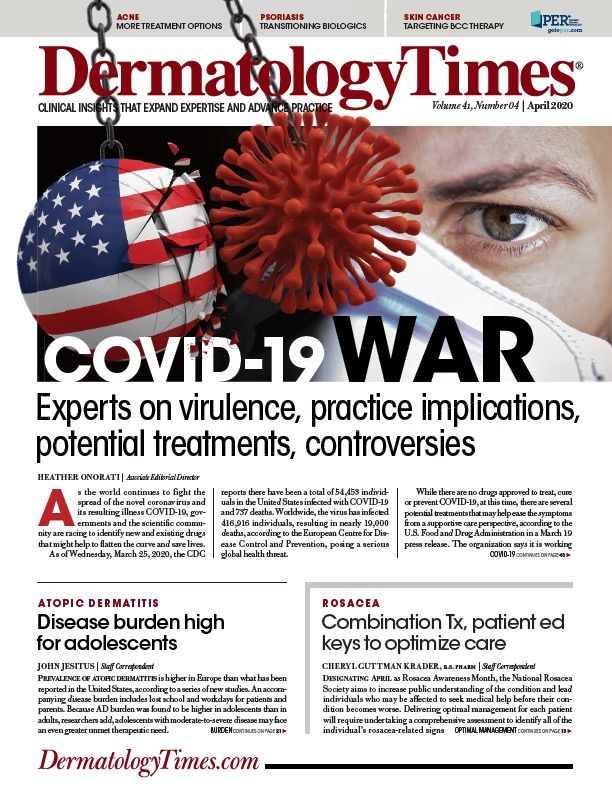
Newsletter
Like what you’re reading? Subscribe to Dermatology Times for weekly updates on therapies, innovations, and real-world practice tips.



